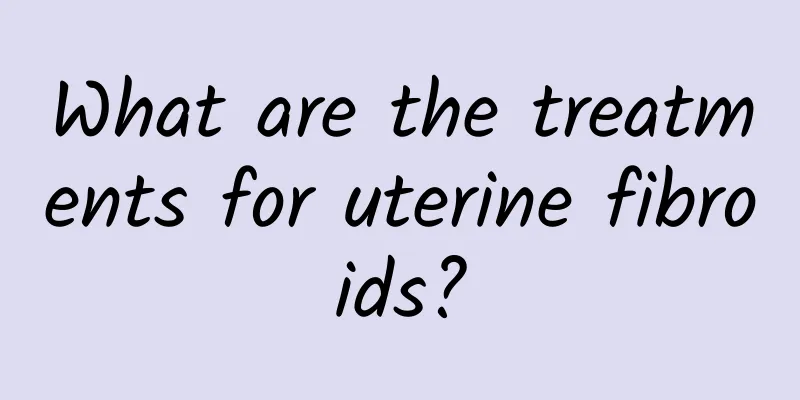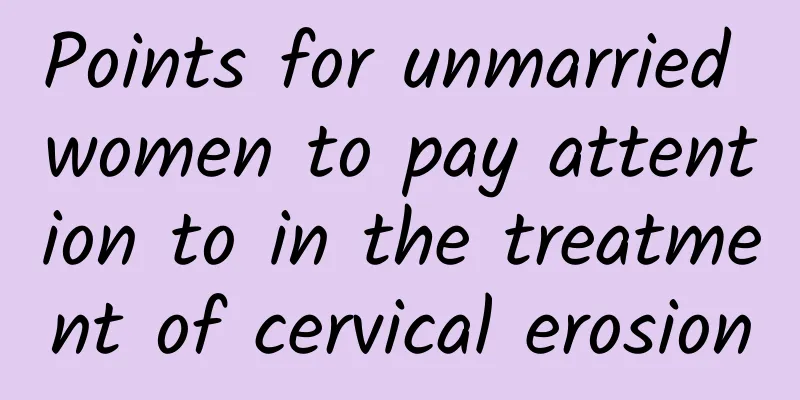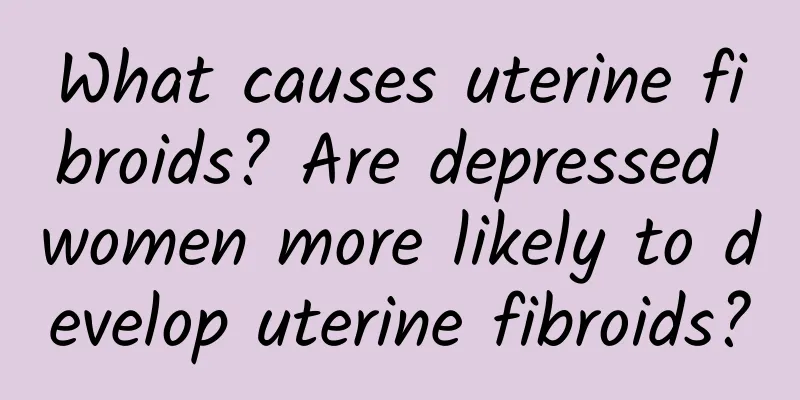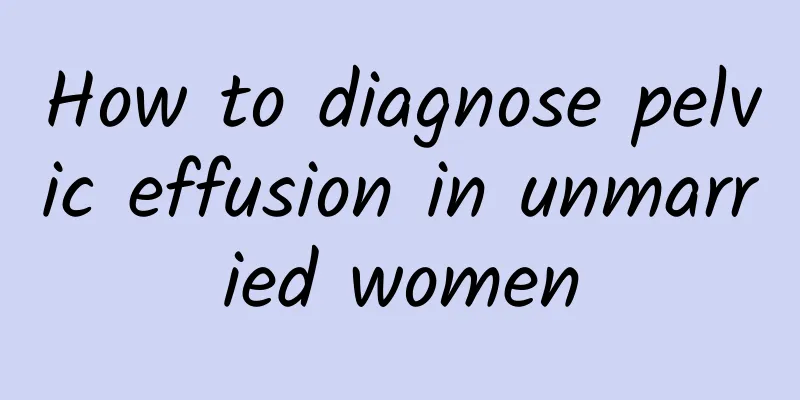What are the treatments for uterine fibroids?

|
The treatment of uterine fibroids is a disease that women are familiar with. It is a benign tumor. If treated early, it will not be life-threatening, but if not treated in time, it will lead to cancer. Pay attention to reasonable and active treatment methods and methods for uterine fibroids. 1. Perform regular postoperative examinations to promptly detect any abnormalities in physical condition. If the fibroid is smaller than 8 weeks of gestation and has no obvious symptoms, or if the uterus of a near-menopausal woman is smaller than 12 weeks of gestation and has normal menstruation and no compression symptoms, temporary observation is required. Second, follow-up examinations should be conducted every three months. Since estrogen levels decrease after menopause, fibroids can be reduced and gradually shrink. If the fibroid is found to be enlarged or the symptoms are obvious during follow-up, the possibility of malignant transformation of the fibroid should be considered, and surgery should be performed in a timely manner. 2 Pay attention to appropriate treatment methods, multiple methods. For patients with heavy menstrual flow and uterine enlargement for about 8 weeks, after diagnostic curettage to exclude endometrial cancer, Chinese and Western medicine can be used for treatment. Because Western medicine often uses hormone therapy, it has great side effects and female patients are prone to male characteristics. This therapy is not recommended. Traditional Chinese medicine is a fundamental treatment method that improves the endocrine environment, reduces estrogen levels, and enhances metabolism to achieve swelling, swelling suppression, and control recurrence. It is the first choice for patients with fibroids. 3 Pay attention to the appropriate method, symptomatic treatment is more important. Interventional therapy for uterine fibroids is to insert a very thin catheter into the blood supply artery of the uterine fibroids, that is, the nutrient blood vessel, to block the blood supply of the fibroids, causing them to lose nutrition, necrotize, shrink or even disappear. This method has the advantages of less trauma, low cost, less pain, no blood transfusion during surgery, and fast recovery; the disadvantage is limitation. 4. Surgical treatment: If long-term conservative treatment is ineffective or the symptoms are obvious, the fibroids are large, anemic, and growing rapidly, surgical treatment should be considered. Due to the high cost and high risk of surgery, surgery is the last choice for patients with fibroids. We should also have our own understanding of the treatment of uterine fibroids, pay attention to timely treatment, pay attention to active and appropriate treatment methods, and pay attention to traditional treatment methods, which will also help the rational treatment of uterine fibroids. |
<<: What to do if your menstruation is irregular after abortion
>>: Can I eat grapes if I have ovarian cyst?
Recommend
Experts explain important dysmenorrhea diagnosis methods
The diagnosis of dysmenorrhea in clinical practic...
The Chinese herbal medicine formula of Herba Agrimoniae can effectively treat severe cervical erosion
In addition to actively cooperating with clinical...
A breakdown of some symptoms of vaginitis
Vaginitis is very common in life, and many people...
What to do about bacterial vaginosis itching?
Many female friends have suffered from "bact...
Nutritional diet after abortion
Female friends in the workplace are busy running ...
Tips to relieve dysmenorrhea in women
Most women experience dysmenorrhea during their m...
How are bacterial vaginosis and mild cervicitis treated?
How are bacterial vaginosis and mild cervicitis t...
What are the precautions after painful abortion?
Generally speaking, painless abortion does not ca...
Experts reveal the major dangers of irregular menstruation in women
Irregular menstruation is a common gynecological ...
A moving six pack! Sonic bubble fat sculpture
Do you remember the Korean male artist Rain who s...
Is abdominal pain a symptom of uterine fibroids? Are patients with depression more likely to develop uterine fibroids?
At present, uterine fibroid disease is more and m...
What are the symptoms of miscarriage and how to prevent miscarriage
For many mothers, miscarriage is a very scary thi...
Are there any dangers of cervical erosion in women? Women should be aware of these dangers of cervical erosion
Cervical erosion is a common disease in daily lif...
Does surgery for hyperprolactinemia have a high cure rate?
Does surgery for hyperprolactinemia have a high c...
What causes adenomyosis?
Adenomyosis is one of the most common and difficu...









